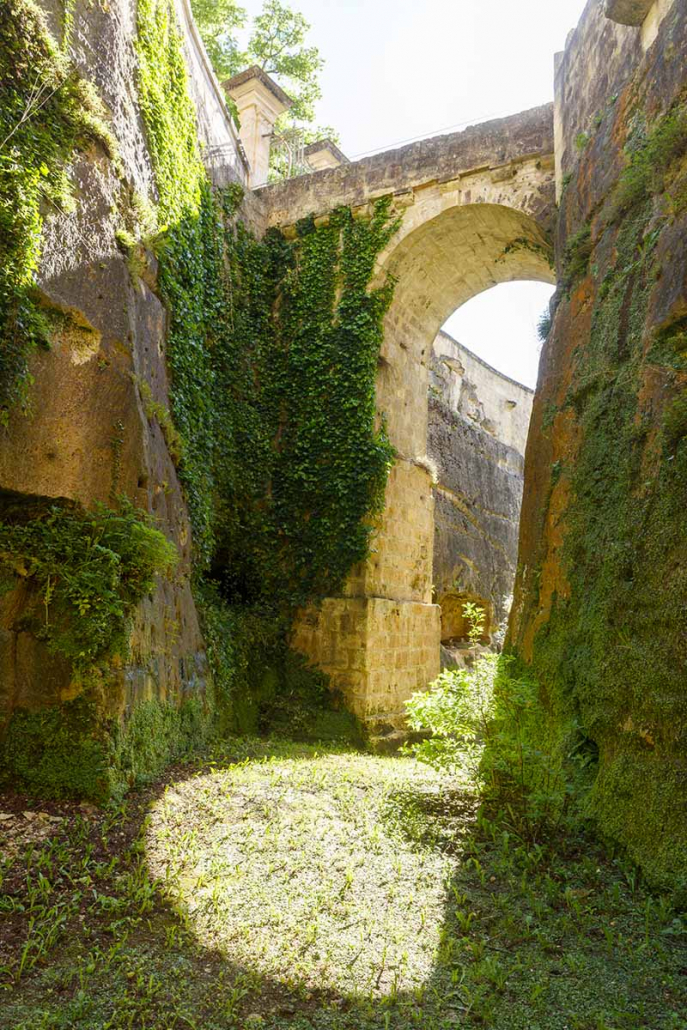On September 21 and 22 2019, the chateau de Montastruc in Perigord was opening its doors to the public for the first time ever. Success was such that we decided to open again for the 2020 edition. Nearly 900 visitors came on September 19 and 20 2020 to this extraordinary and hidden private site.
France-3 television honored us with their presence and published a nice video, accessible through this link: https://www.youtube.com/watch?v=HAMZEeKGTr8&ab_channel=France3Nouvelle-Aquitaine

We were very happy to share with all visitors all the steps of our restoration work that was initiated 23 years ago…
This year again, it is with great pleasure that we will open again Montastruc to the public for the 39th edition of the European Heritage days on September 18 and 19 2021, to share our passion for this great country house, our adventure as owners of a listed historical monument, and the challenges that come with it…
We will welcome visitors ourselves from 9 to 12 and 14 to 17 hours for a 60 to 90 minutes free tour. Some members of the reading club of Lamonzie-Montastruc will second us. Without the this opening would be impossible. You will be impressed by their erudition that remains unmatched.
Sanitary conditions impose on us some rules that will be respected according to what will repeal at that time. You will come to Montastruc with no appointment. Groups will be arranged in order of arrival and registration at the welcome desk that will be posted in the upper courtyard.
The guided tour will start with a historical panorama of the site, presented in the “cour d’honneur”. It will be followed by a partial visit of the inside of the country house, and will end with a tour of the fortress walls all the way to the caverns and the venus… It is not adapted for wheel chairs. Tour is in French but depending on numbers at a given time, we might be able to assemble a group for a tour in English.
Please park your car on the large parking that will be organized like every year at the back of the chateau before the large gate opening access to Montastruc.
We are excited to welcome you then !


